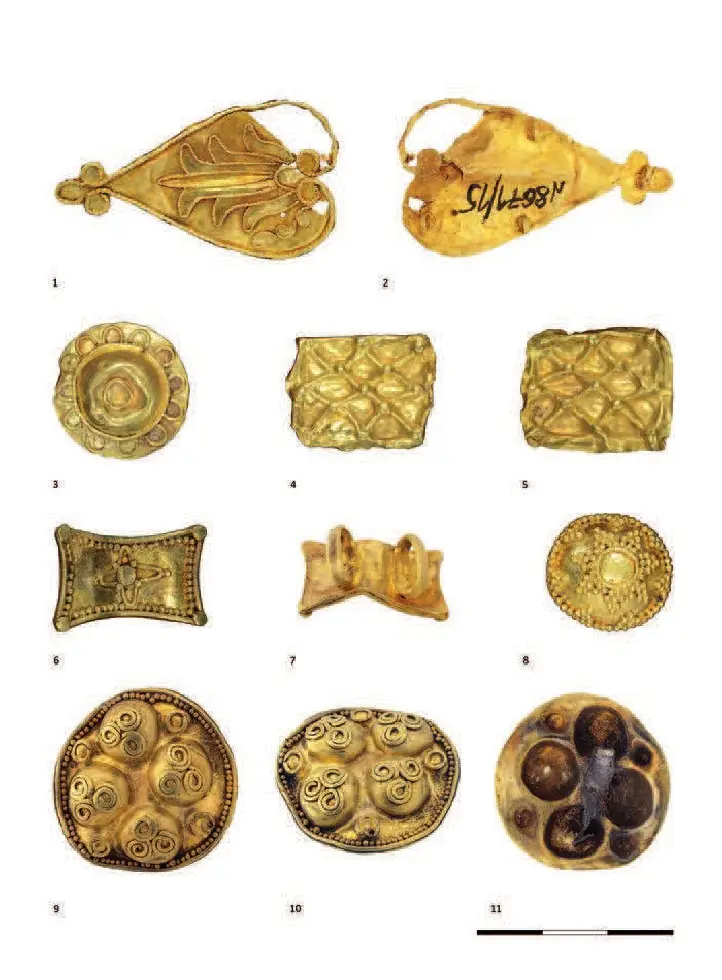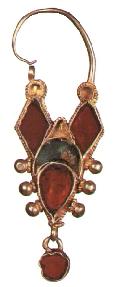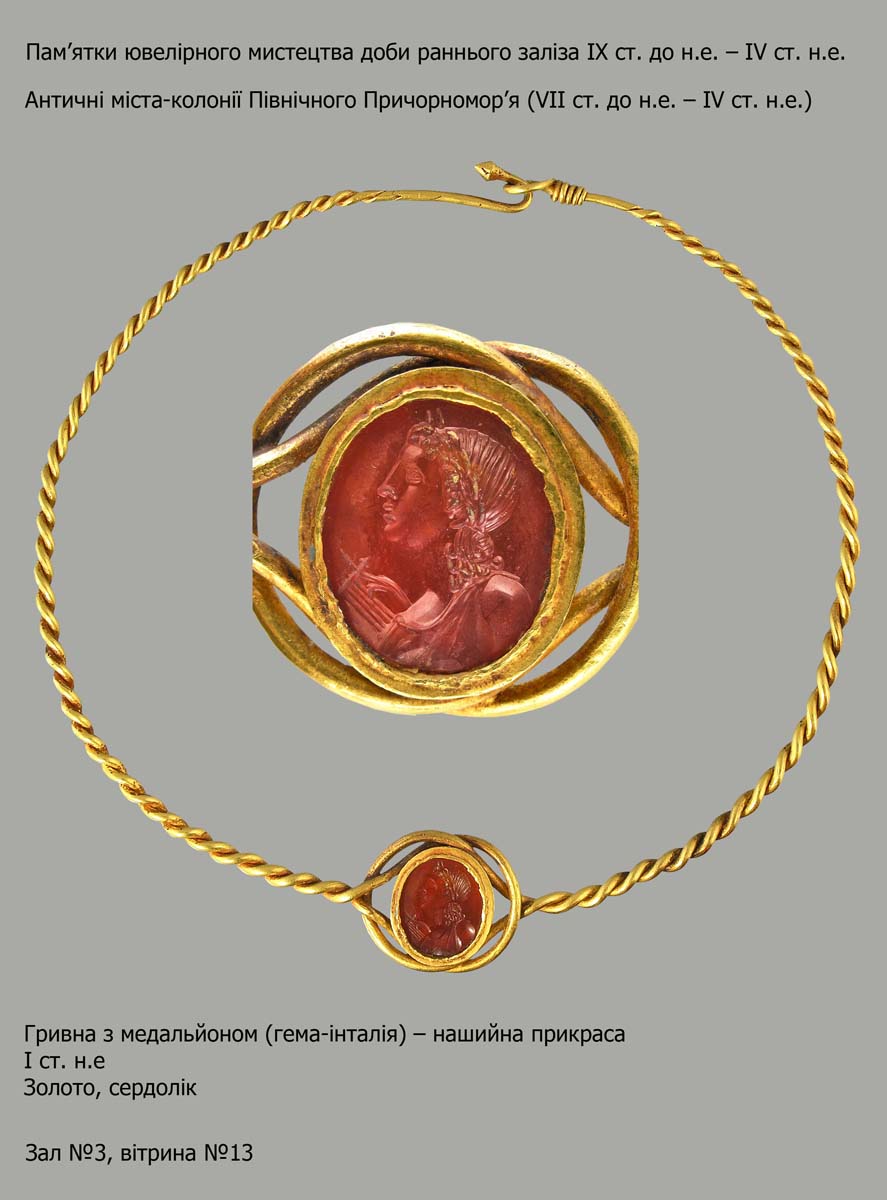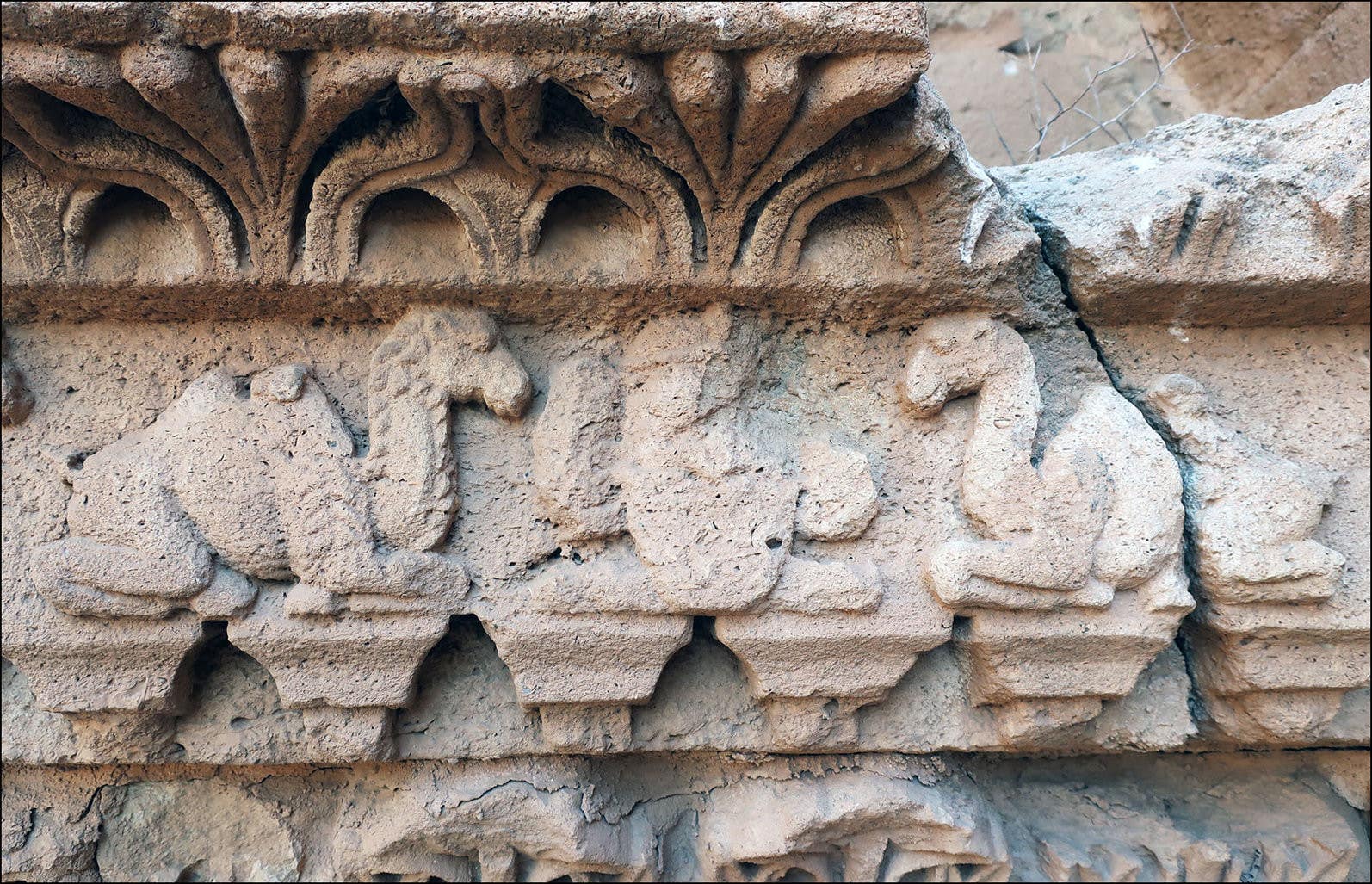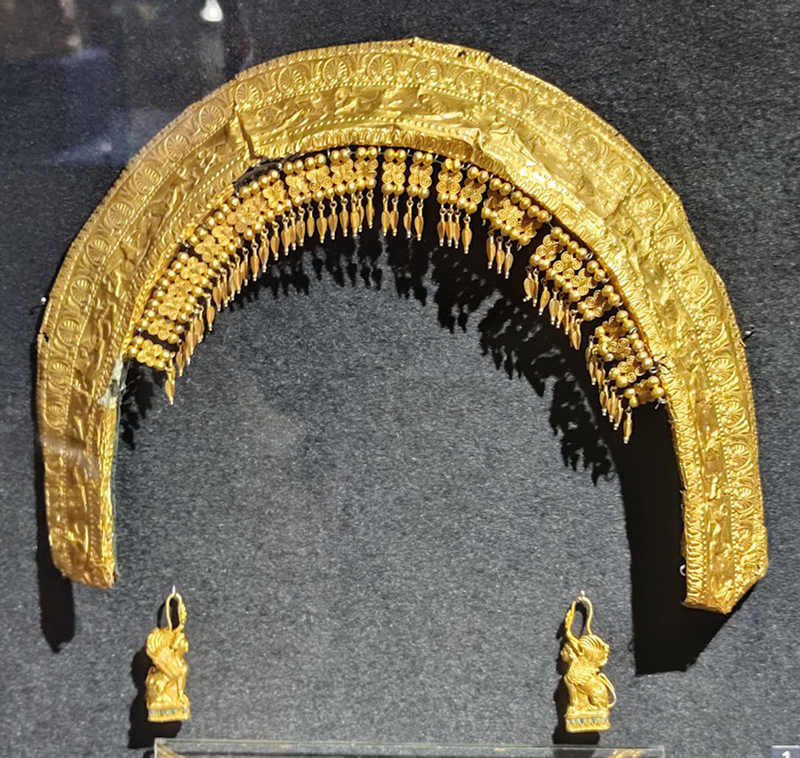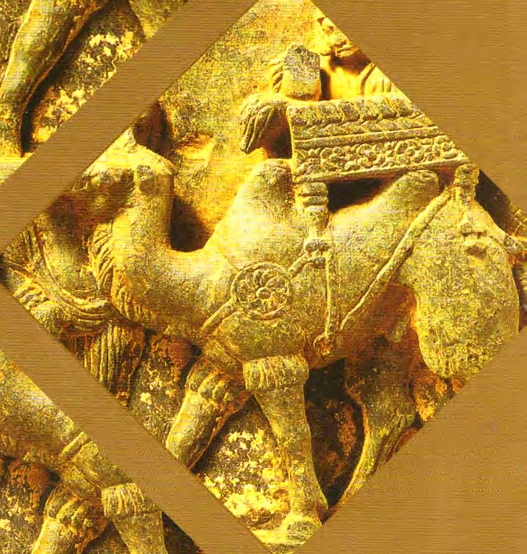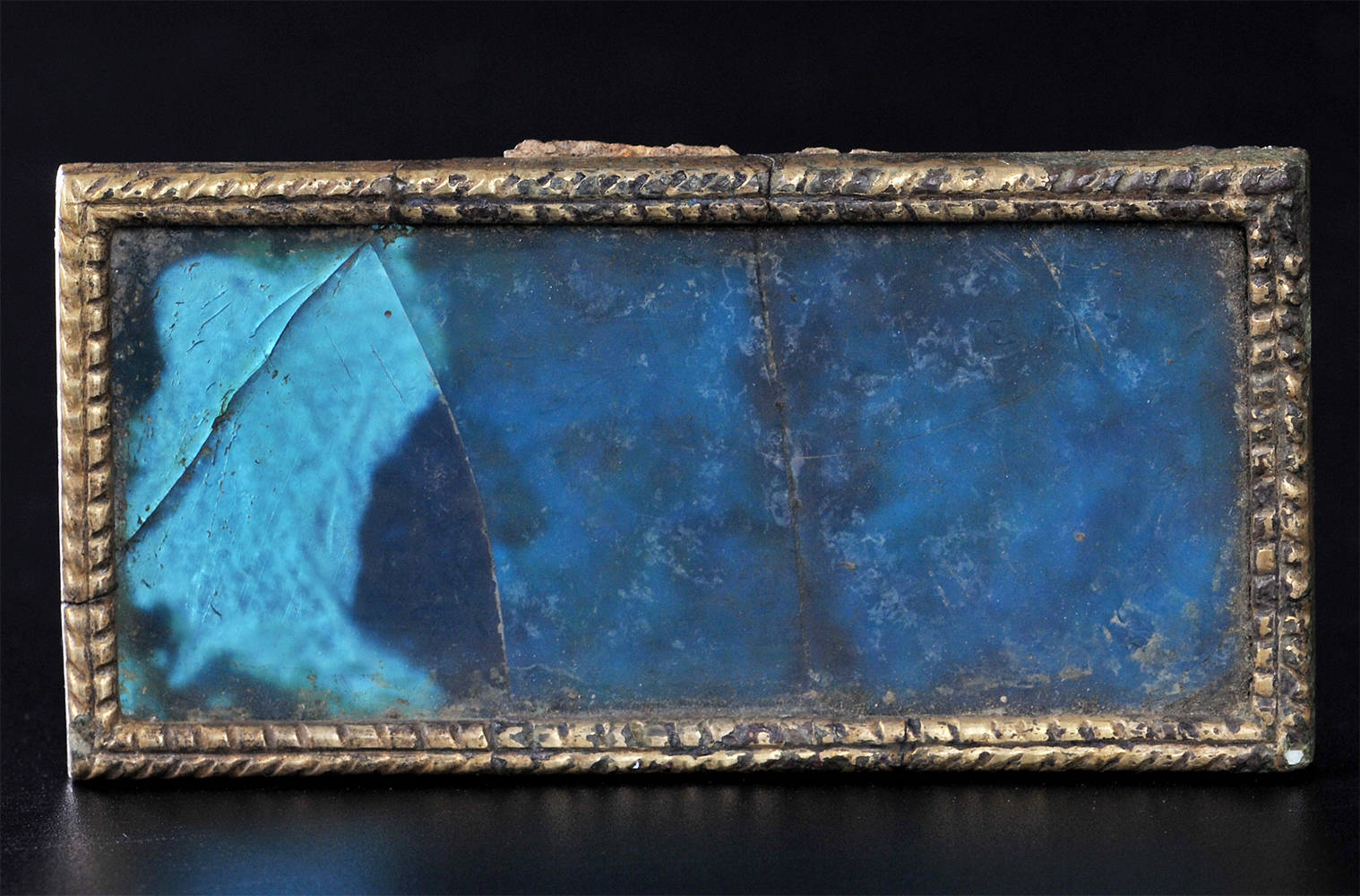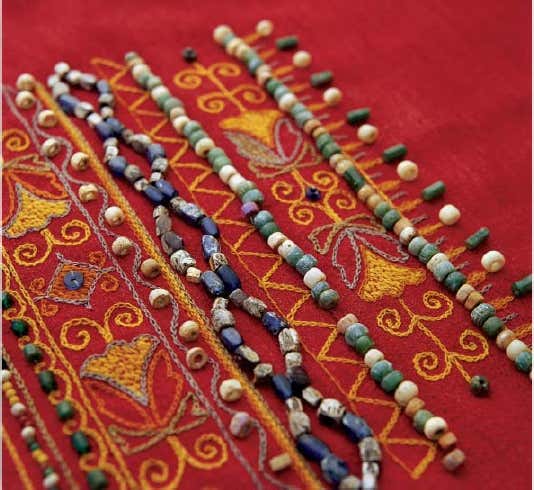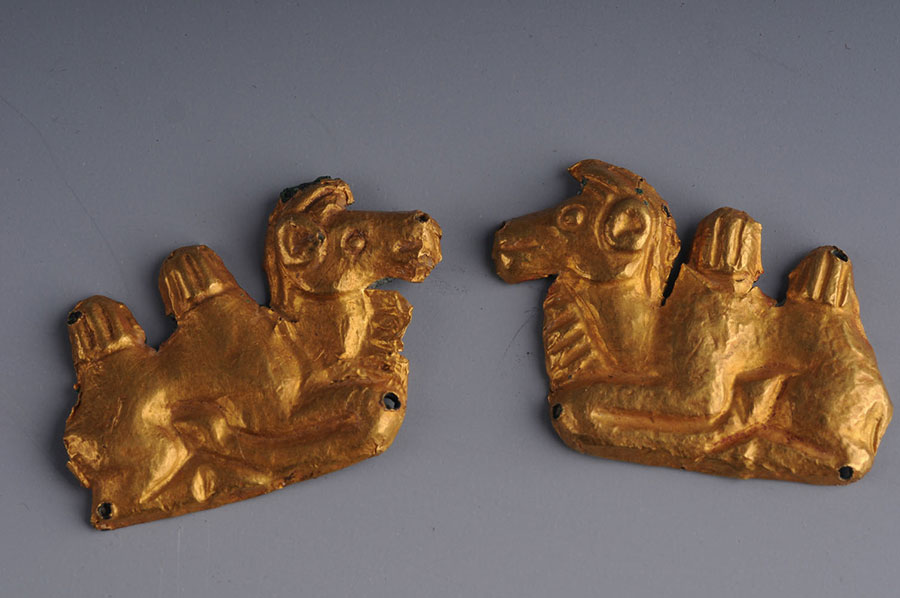KAZAKHSTAN
Archaeology of Kazakhstan, website http://arheology.kz or https://web.archive.org
SCYTHIANS
Коштовні металеві аплікації костюма населення Степової Скіфії VII—III ст. до н. е.; Ліфантій, Оксана
Oksana Lifantii, Precious metal applications of the costume of the steppe Scythian population VII-III centuries BCE
[http://ekmair.ukma.edu.ua] pdf
Sarmatian burials near Berdiya station on Ilovla
https://sci.house/arheologiya-scibook/sarmatskie-pogrebeniya-bliz-stantsii-berdiya-109185.html
https://web.archive.org/web/20220303103854/https://sci.house/arheologiya-scibook/sarmatskie-pogrebeniya-bliz-stantsii-berdiya-109185.html


The burial of the Sarmatian nobility from the Volgograd Don region
https://sci.house/arheologiya-scibook/pogrebenie-sarmatskoy-znati-volgogradskogo-109187.html
https://web.archive.org/web/20220303104215/https://sci.house/arheologiya-scibook/pogrebenie-sarmatskoy-znati-volgogradskogo-109187.html

There are more than a dozen known.
In the vast majority of accompanying things, they date back to the first half.
2nd century
(Demidenko, 1997, pp. 131, 132).


(Zasetskaya, Marchenko, 1995, p. 101)
Silver bowls with an internal engraved and gilded ornament, were quite widespread in the territory of Syria and Parthia in the 2nd-1st centuries BCE. Their origin is connected with the traditions of Eastern toreutics, as evidenced by the Aramaic inscriptions on them and the Achaemenid elements in their ornamental design



